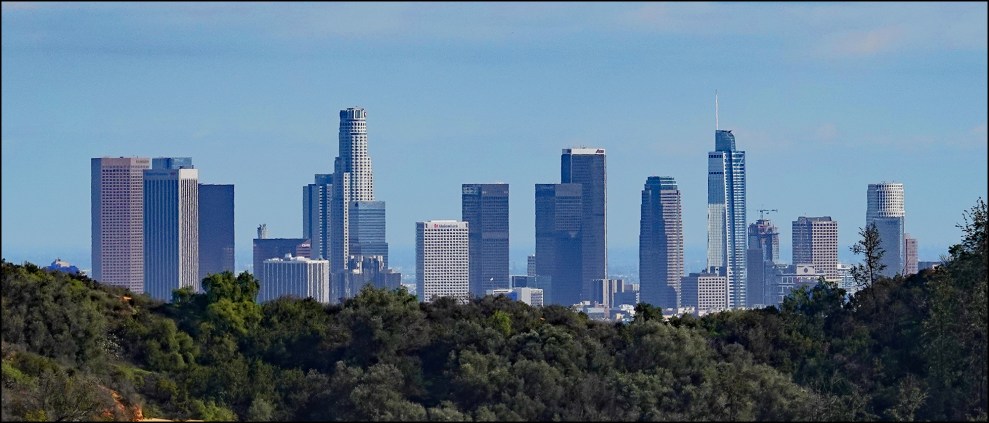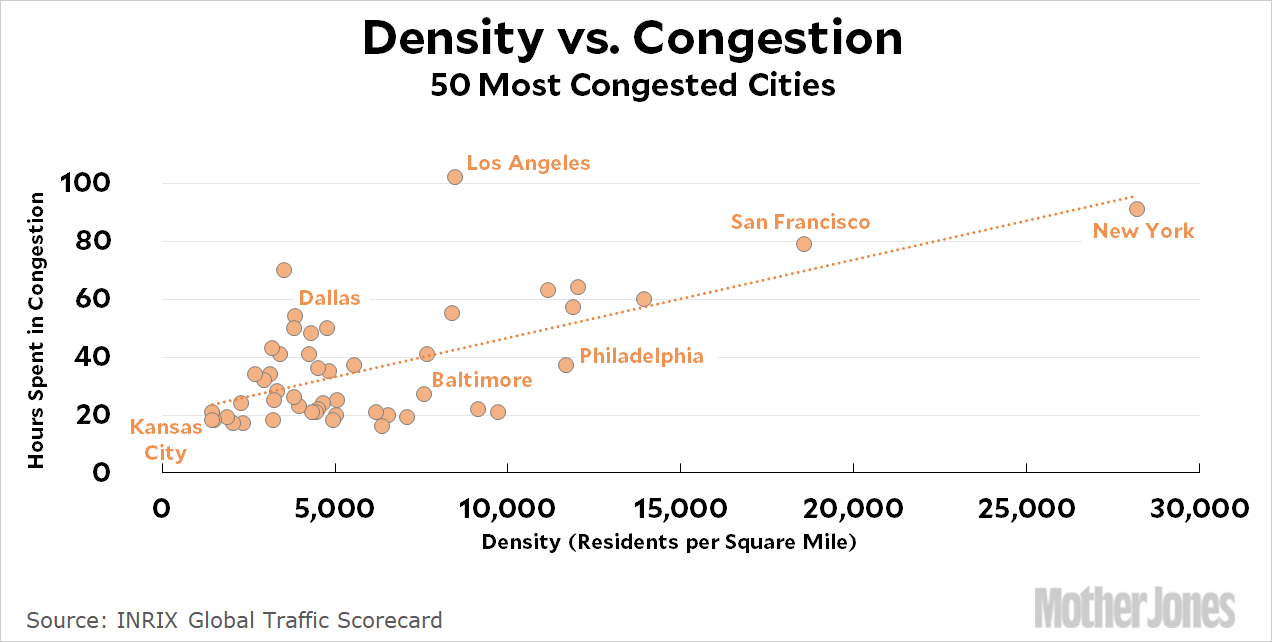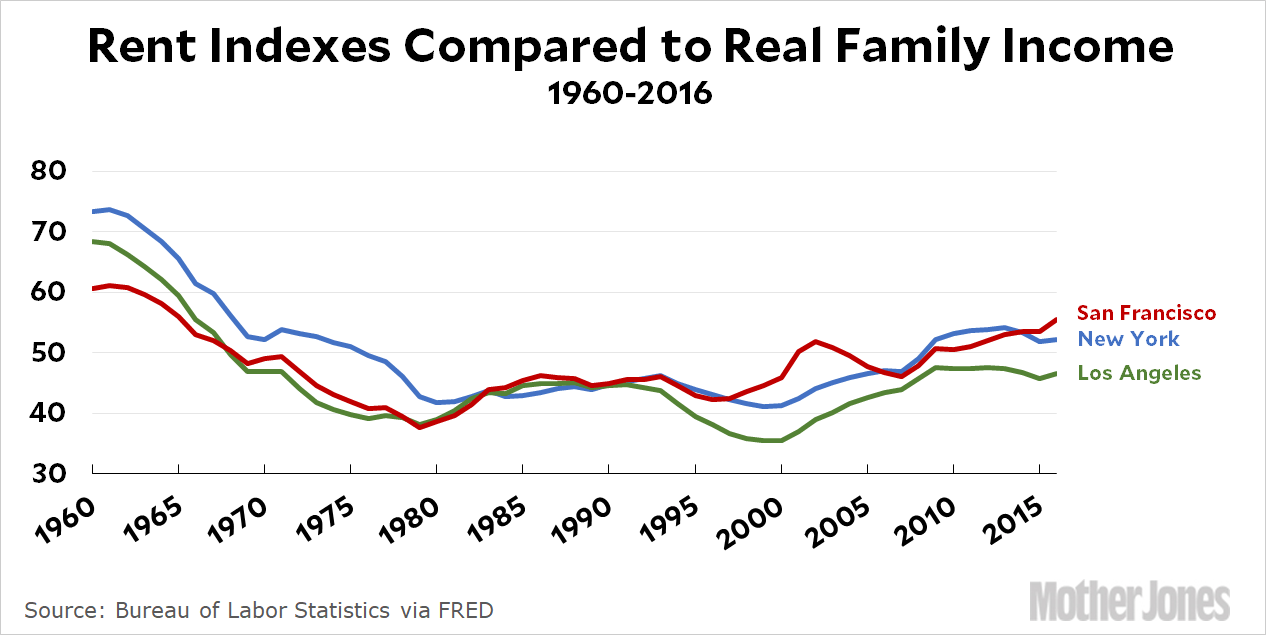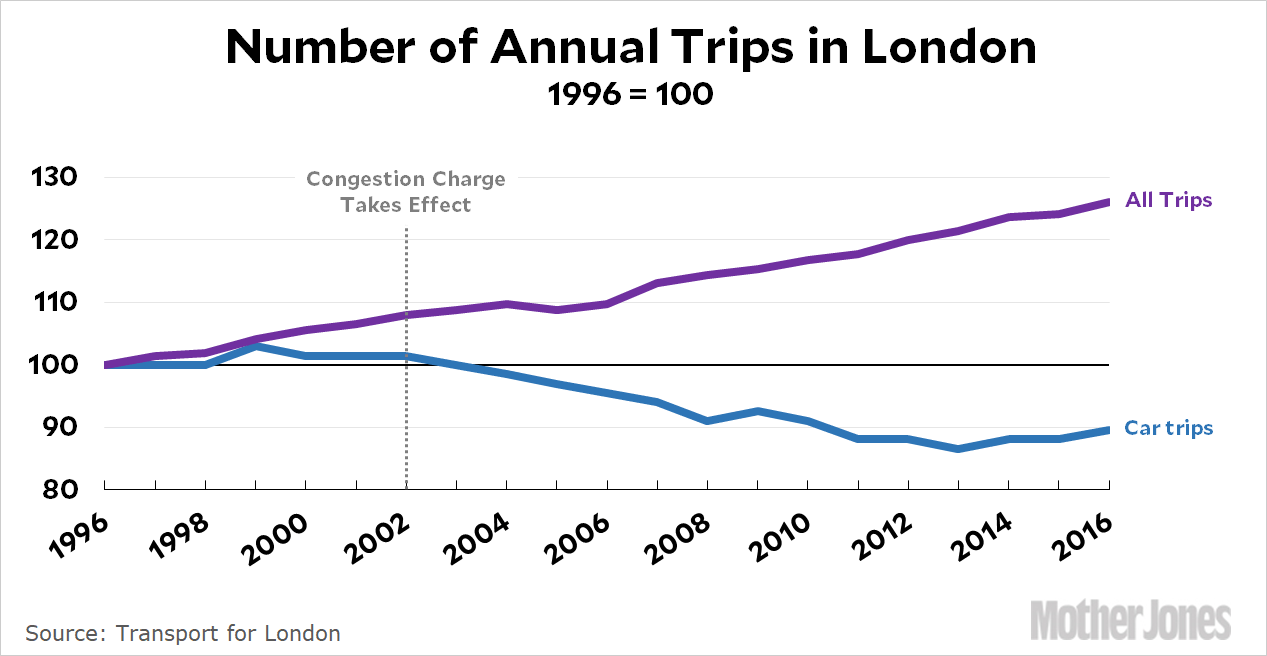
For the past couple of weeks I’ve been posting bits and pieces of data related to urban density. This morning I want to tie it all together in a single post and offer a few thoughts. This is not some Olympian pronouncement about What Needs To Be Done. It’s just a tentative collection of observations about urban density and some ideas about how to respond.
Observations
New York City and San Francisco are huge outliers and should receive a lot less attention than they do. New York is unique because it’s far denser than any other American city and has far better transit, while San Francisco is an outlier because it’s a small city caught up in the insanity of Silicon Valley. Neither one provides a good model for the more general issues of urban growth in America. On a slightly different note, both of these cities are associated with skyscrapers, which just cements the common notion that density means gigantic, soulless apartment blocks. That doesn’t really help the densification movement.

The problem of high housing prices in popular urban cores is not unique to America and its land use regulations. Big cities all over the world are expensive.
Dense cities are generally friendly to the environment because they require fewer cars and can make more efficient use of energy-intensive operations like heating and cooling. However, dense cities also feature higher general consumption levels than other places. On net, they’re mildly greener than other places, but probably not by a lot.
Urban residents generally strongly oppose densification, and this is not just because of mindless NIMBYism. Density really does produce worse traffic, and there’s little that can be done about this in the short term. Even in cities like New York, with world-class subway systems, increased density leads to increased congestion.

Urban housing has become more expensive over the past couple of decades, but it’s not really true that cities have become unaffordable for young people. In the three cities that attract the most attention for skyrocketing housing prices, rent relative to income has increased only about 20 percent since 1990 and is currently at about its 1970 level. However, jobs in these cities pay more and the cost of transportation is considerably lower. As a result, the share of 20-somethings living in big cities is about the same as it is in the rest of the country.

Dense cities may be more conducive to creativity and economic productivity than other places. However, the effect is modest; it takes a very large change in density to deliver any real gains; and those gains may be an effect of city size rather than density. It’s also unclear if there’s a point at which productivity gains flatten out.
It’s not true that millennials have adopted a preference for urban, carless living. They buy cars at about the same rate as young people always have.
Some Responses
Generally speaking, densification is a pretty inefficient way to increase productivity or make the country greener. It takes a lot of density to change either one by much, and the political obstacles are enormous. If these are your goals, there are lots of better ways to accomplish them.
Current residents of cities mostly oppose densification. In fact, they generally hate it with a passion. Some of them may have shabby reasons for this, but the most common objection is that it makes traffic congestion worse. Instead of writing this off as specious griping from a bunch of selfish, racist NIMBYs, listen to what they say. They aren’t wrong, after all. If you want to reduce resistance to densification, you need to take congestion seriously and offer real solutions.
Congestion charges in urban cores are probably a good way of addressing traffic concerns, especially if the money they raise is targeted at improving mass transit. However, don’t expect miracles: a reduction of 10-25 percent is probably what you’ll get.

There’s also opposition to dense redevelopment from residents who fear gentrification. This mostly comes from the working poor and communities of color, who are too often ignored in political debates even though they’re the real base of the liberal movement and the Democratic Party. This doesn’t mean they get some sort of veto power over development decisions, but it does mean they should be taken at least as seriously as everyone else.
Low-income housing is a whole different problem. Infill and redevelopment are slow ways to reduce housing prices in general, and the last housing to be affected is that at the bottom. Progressives should put their energies into more direct methods of helping the poor afford shelter.
Ditto for homelessness. This is a big problem, but increasing density is a very, very long-term solution to it.
Conclusions
Here’s where I’m at. High housing prices aren’t as bad or as widespread as we’re often led to believe. However, they’re a real issue in a few large cities, and local activists have plenty of good reasons to campaign for higher density and lower housing prices. This may be simply a matter of preference: they like living in a dense, walkable environment. Or it may be fundamentally selfish: they want their rent to go down. Either way, they have every right to fight for what they want and I have no problem with it.
But should densification, in general, be a major issue for the progressive movement writ large? I don’t think so. It’s generally unpopular. It affects a small share of the population. It’s fairly abstract and appeals more to young, educated elites than it does to working-class voters. It’s an inefficient way of addressing economic growth and climate change. It’s also an inefficient way of addressing low-income housing problems. Nor is it fundamental to either liberal or conservative principles. In a nutshell, it’s a generally resented policy that doesn’t do much to advance progressive goals.
So what should we do instead? What kinds of housing-related things should be core progressive principles? Here are a few:
- Improved mass transit. It’s green and it serves primarily the working class.
- Congestion charges for big city cores, with the money used to improve mass transit from the suburbs into downtown.
- Direct housing subsidies to the poor in high-cost areas.
- Better care for the homeless, both in terms of shelter and mental health.
Feel free to add your own. As far as I’m concerned, the more directly they address core progressive concerns, the better.














